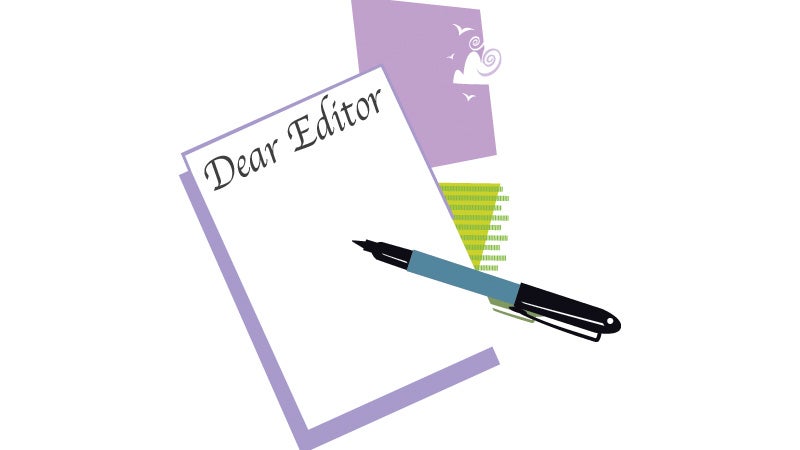Letter to the Editor – Risk Rating 2.0 will result in shocking premium increases
Published 12:00 am Wednesday, November 17, 2021
|
Getting your Trinity Audio player ready...
|
Dear Editor,
The new flood insurance risk rating methodology that the Federal Emergency Management Agency recently implemented will result in many people across the country receiving shocking premium increases. It has already happened. This new methodology, known as Risk Rating 2.0, will result in about 80% of policyholders having an increase in premiums, with 3.8 million Americans with policies now having an increase. Further, FEMA will continue to increase premiums by 18% annually until a ‘true risk-based premium’ is reached. The intention is to modernize the rate setting process through enhanced modeling and technology. But according to FEMA, 25% of flood insurance claims occur outside the areas deemed high risk.
These good intentions are already hitting homeowners and I believe, over time, the negative consequences will become more apparent as customers and their lenders confront the new flood insurance pricing. One stated goal by FEMA is to make the flood insurance program sustainable. But the Congressional Budget Office has estimated about 900,000 policyholders will drop their coverage under Risk Rating 2.0. That clearly will reduce the premiums paid into the program by those 900,000 and makes more glaring the higher premiums anticipated by those with flood policies. To state the obvious, if you are a homeowner with a mortgage and are required by that mortgage to have flood insurance, then premiums that may become unaffordable will not only significantly impact you as the homeowner, but also your lender and your community.
How does one sell a home that has unaffordable flood insurance premiums? Will Risk Rating 2.0 render some homes unmarketable? Yes, this scenario has already happened. In 2012, the Biggert-Waters Flood Insurance Reform Act passed Congress and had this exact result. Congress quickly realized this and passed the corrective Homeowner Flood Insurance Affordability Act in early 2014. Unaffordable premiums will directly result in the devaluation of homes. Further, I understand that insurance agents and realtors do not have the information they need to serve their clients. We also are told that homebuilders need more guidance on how elevation impacts premiums. This lack of transparency is inexcusable.
The United States entered the flood insurance market in 1968 because the private market deemed it too risky. This created a bargain between the flood insurance program and the policyholders in this country. Flood insurance should be available and affordable so people can live and work in their communities. People bought homes, have a mortgage and have paid premiums for flood insurance they could afford at the time. Now, the rules have been arbitrarily changed by FEMA for those existing policy holders who, in many instances, have no practical alternative to these flood policies. Already we have bankers in Louisiana reporting the impact of these changes. Examples for a primary residence include:
Waggaman —the previous premium was $574, the new premium is $2,490
Terrytown — the previous premium was $537 and the new is $1,936
Metairie — the previous premium was $572 and the new $1,921
Gibson — the previous premium was $600, the new premium $5,100.
FEMA needs to pause Risk Rating 2.0 until a study is completed with proper changes that assure the National Flood Insurance Program is more equitable, affordable and available to citizens across the nation.
Sincerely,
Robert T. Taylor
Chief Executive Officer
Louisiana Bankers Association





